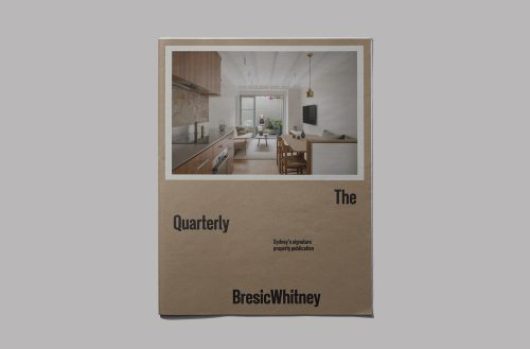One step ahead
It’s interesting that we’re waiting to see what’s in store for 2015. But it’s us – the buyers, sellers and onlookers – whose behaviour moves our market. In the cycle of Sydney property, it goes something like this…
1. Street level: The buyers/sellers on the front line, listing, inspecting, bidding and exchanging.
2. Data reporting: Street level activity is distilled into bite-sized graphs and reports.
3. Headlines: Data reporting drives what we hear in the media, whether relevant or not. Headlines are formed, as sensationalism fuels speculation.
4. Fear & optimism: Speculation shifts confidence, and new outlooks and expectations are formed.
5. Repeat: These expectations change buyer/seller behaviour, and the cycle continues.
In a market sustained with consumer confidence, what is this love of data-cherry-picking actually telling us? Watching at street level cuts out that speculation, providing a better sense of where the market is going.

Yet we wait on reports with anticipation. Take clearance rates, we thrive on those.
If they’re above 80% it’s a boom. The minute they dip below we’re destined for gloom. A recent report cited the Sydney clearance rate as below 80% for the first time in 9 weeks. But that new figure was 79.3%. The angle was, ‘the end of boom time’.
Perhaps pricing simply outpaced buyers that weekend. Of course, that’s not sexy as a headline.

Consider how we found ourselves in this ‘boom’. Demand is what drove the initial heat. We saw value and started buying up. Buyer-enthusiasm outpaced seller-expectations, leading to price increases, rising clearance rates, and juicy headlines.
Vendor hopes skyrocketed with every new headline and they began setting a new level of pricing with their exuberance. Momentum continued while buyers saw value and were happy to accept these new prices as the norm.
Of course, in any upswing, buyers will inevitably reach a point when they say ‘no’. They won’t pay 10-percent-more-than-next-door forever.
That’s perfect for ‘slower market’ headlines, ‘fewer buyers at auction’ and ‘clearance rates drop’. Then, confidence will shift again.
It’s not always impending doom. The buyers are still there. They wait to identify value each time our market gets overexcited. We often ignore this logic and the fact the market is subtler than reports suggest.

And let’s not forget our micro markets. In certain sub-markets of Sydney real estate, prices outpaced buying long ago. Some executive residences in the Eastern Suburbs have wavered while plenty of entry-level houses in, say, the Inner West continue to rally strongly.
Bystanders will claim to have all the answers in 2015. But if buyers and sellers are shifting markets with their behaviour and sentiment, watching at street level keeps us one step ahead as we look for value and see what’s really happening.
The best buying and selling will still come from players who immerse themselves in their favoured pocket of the market.



